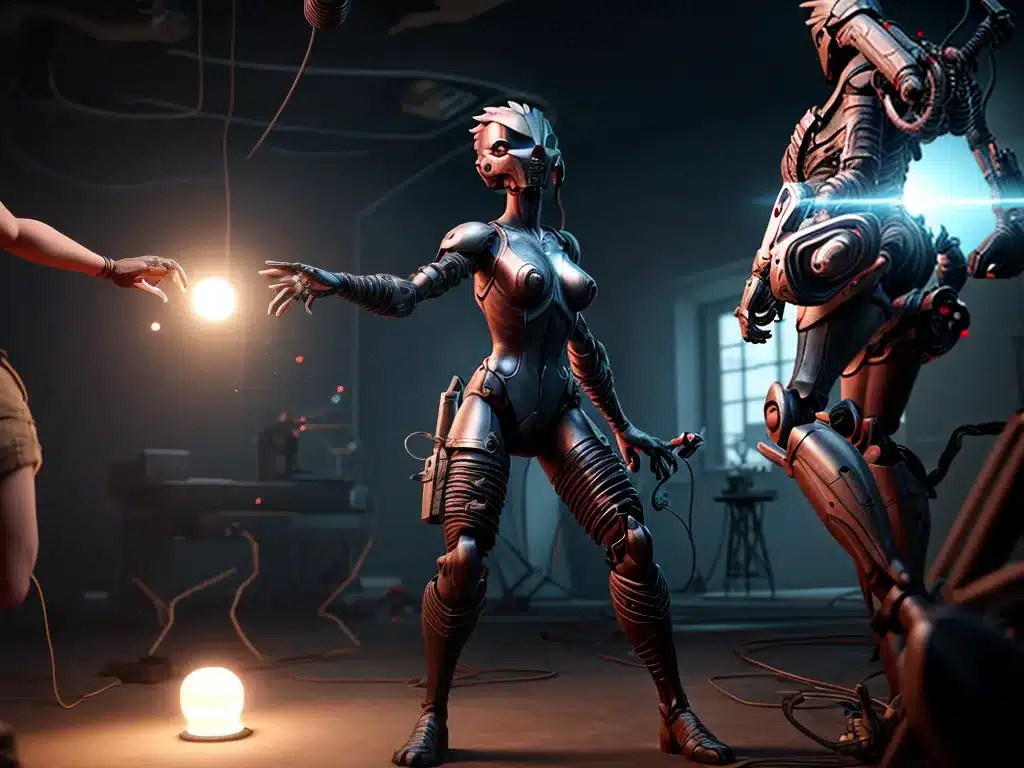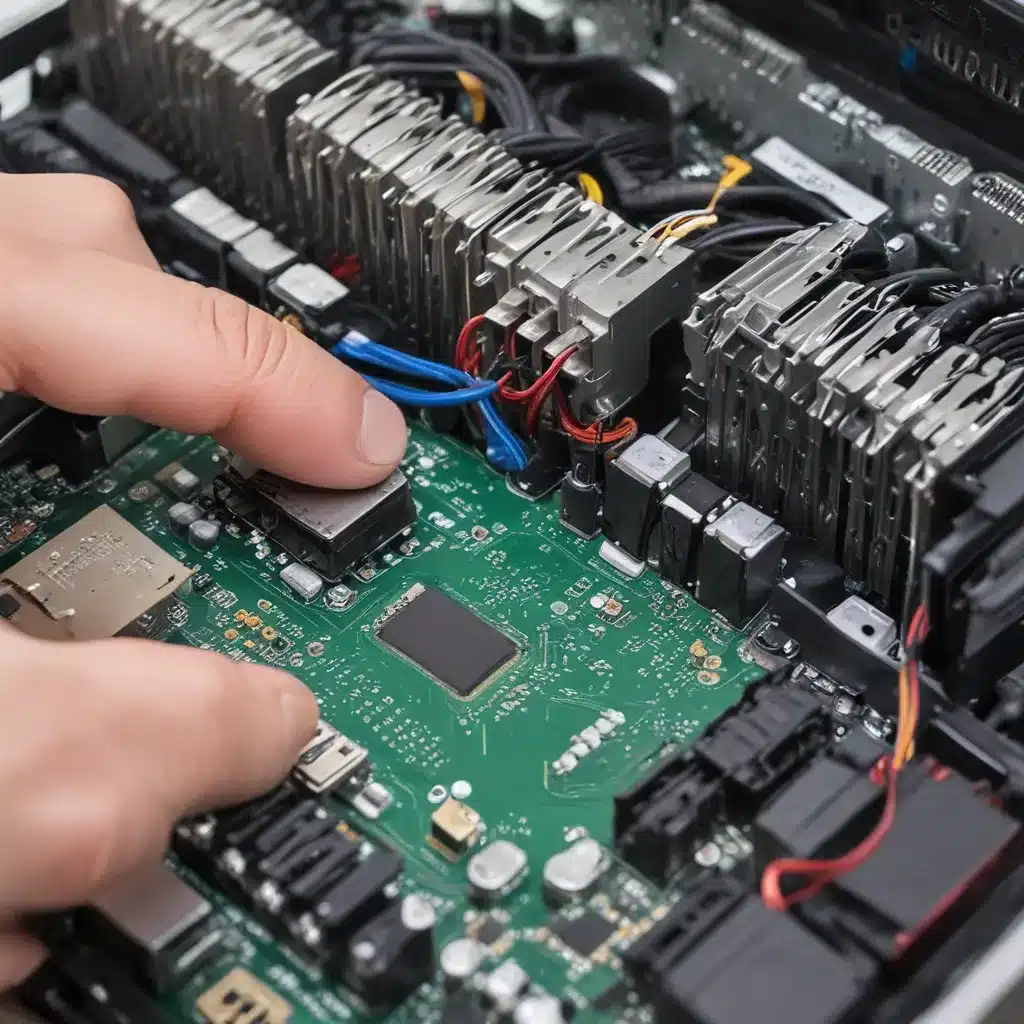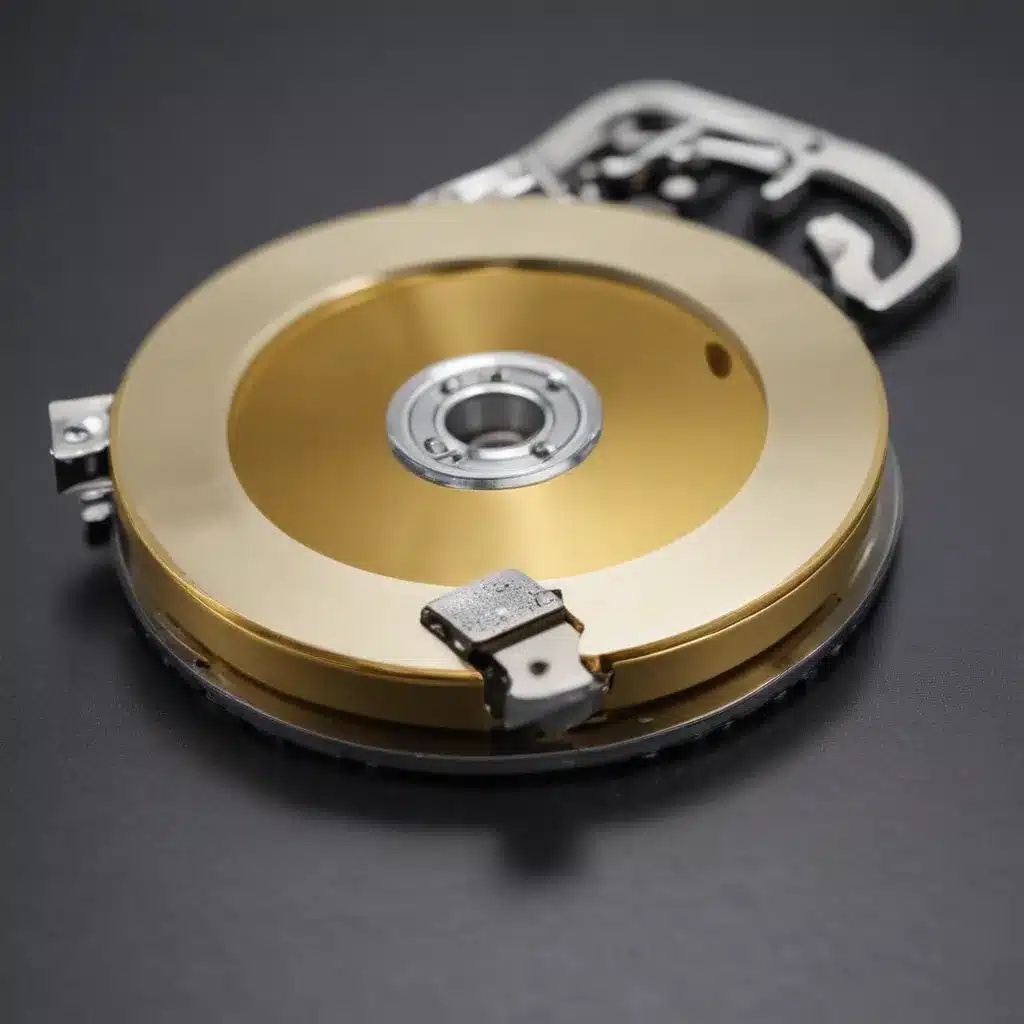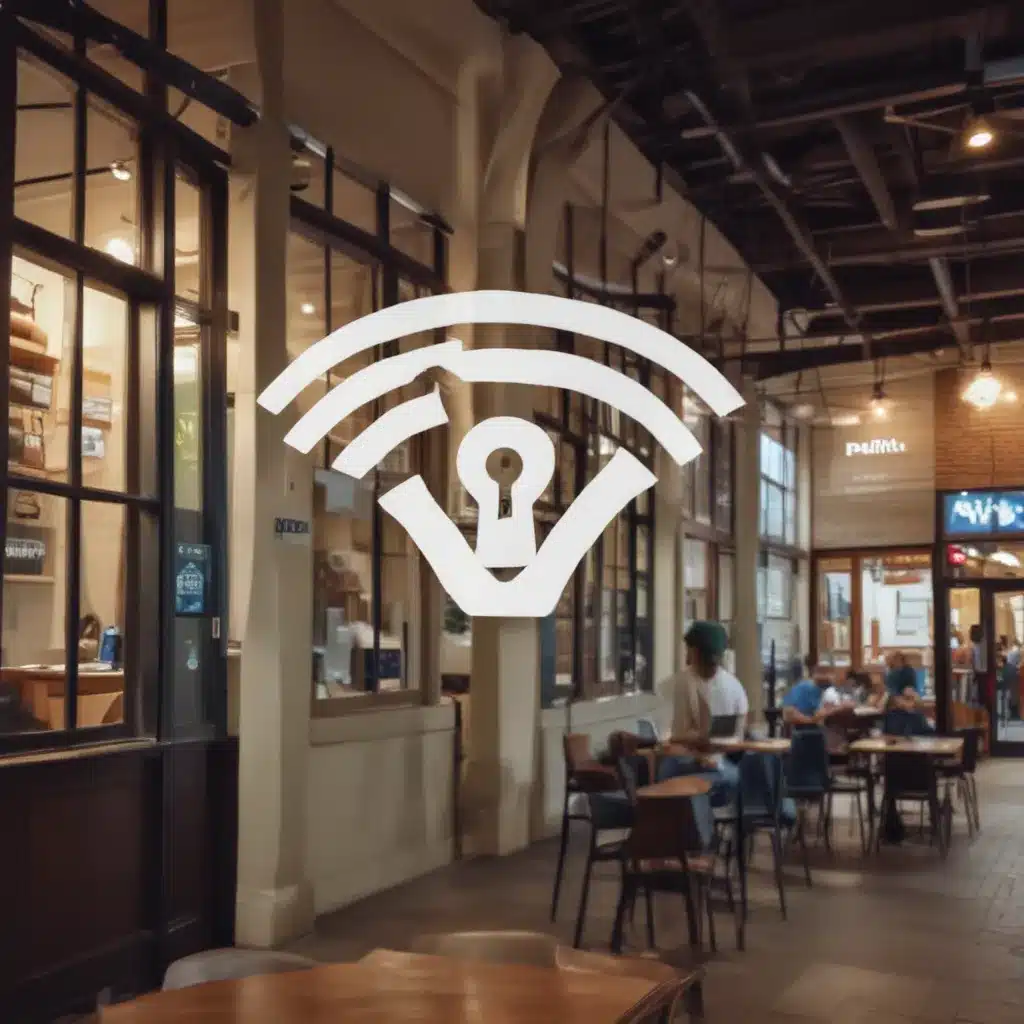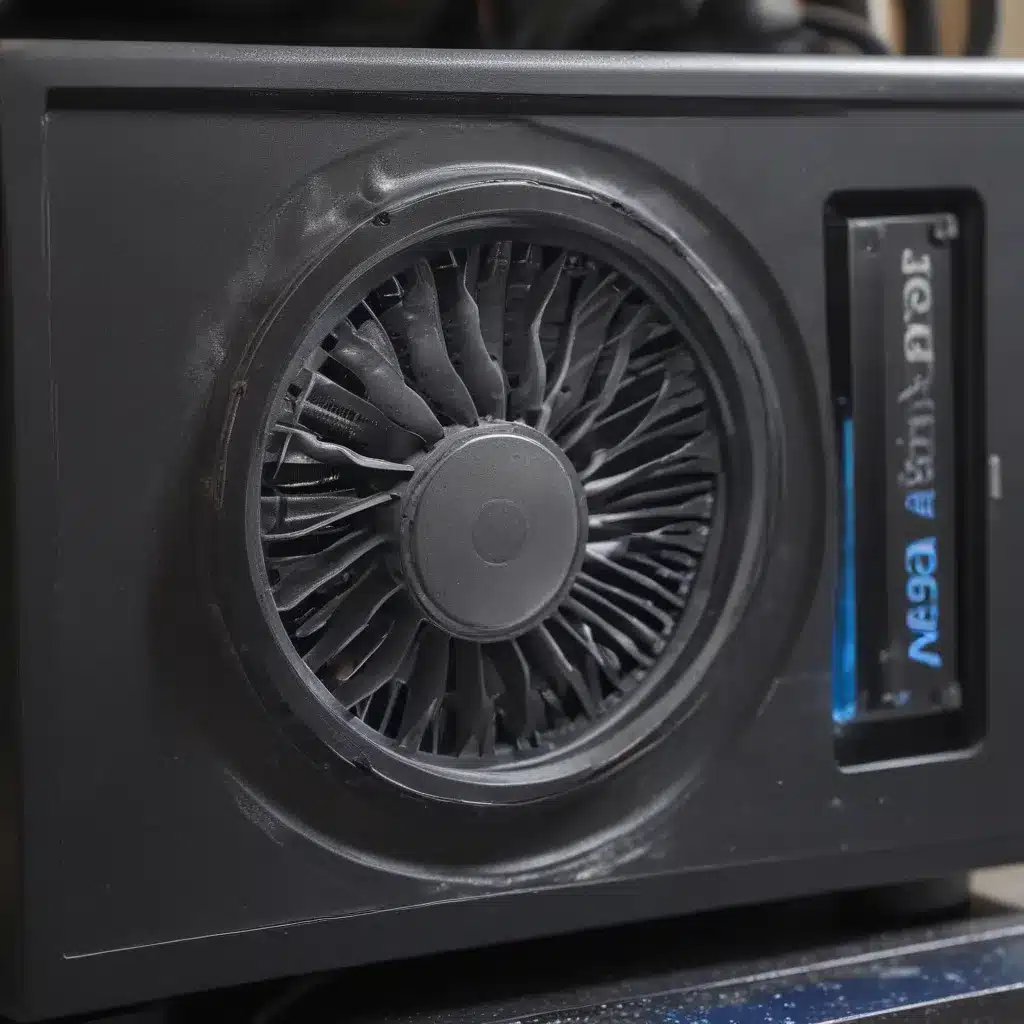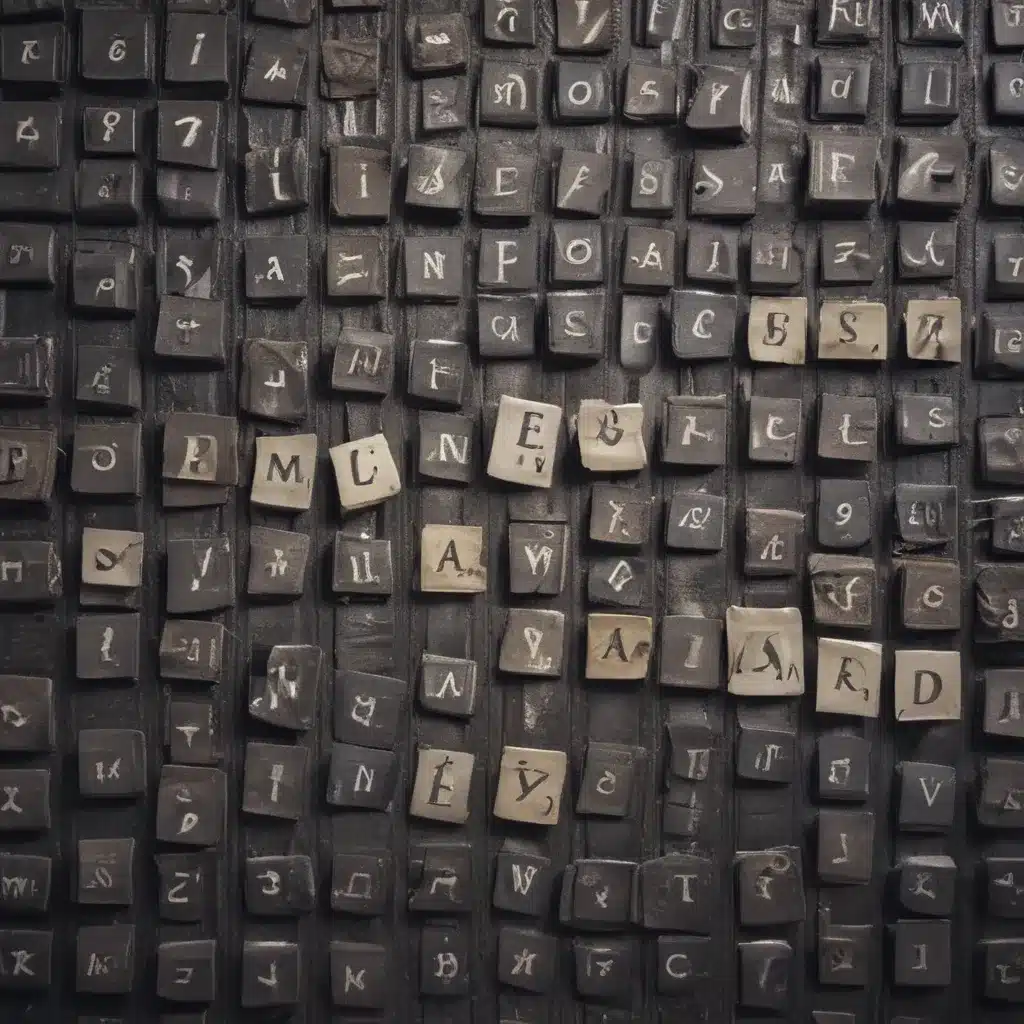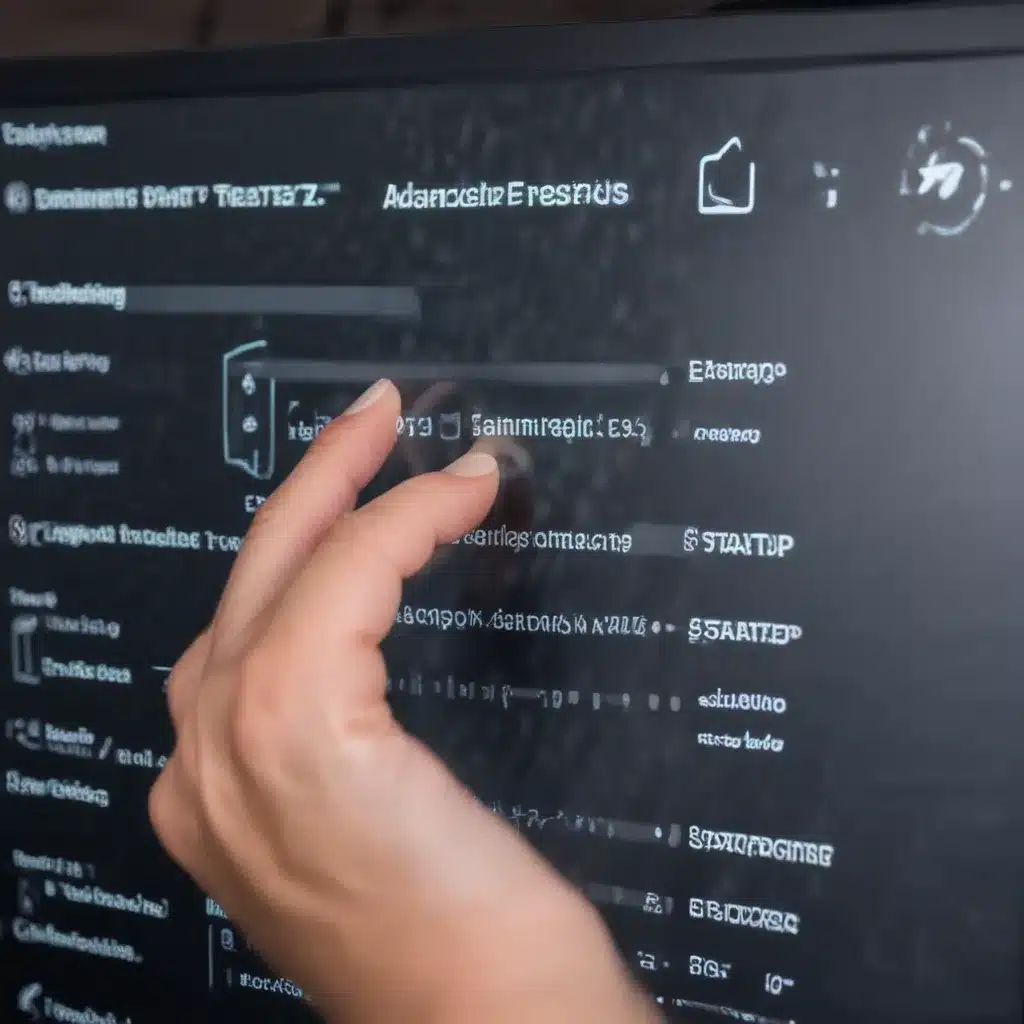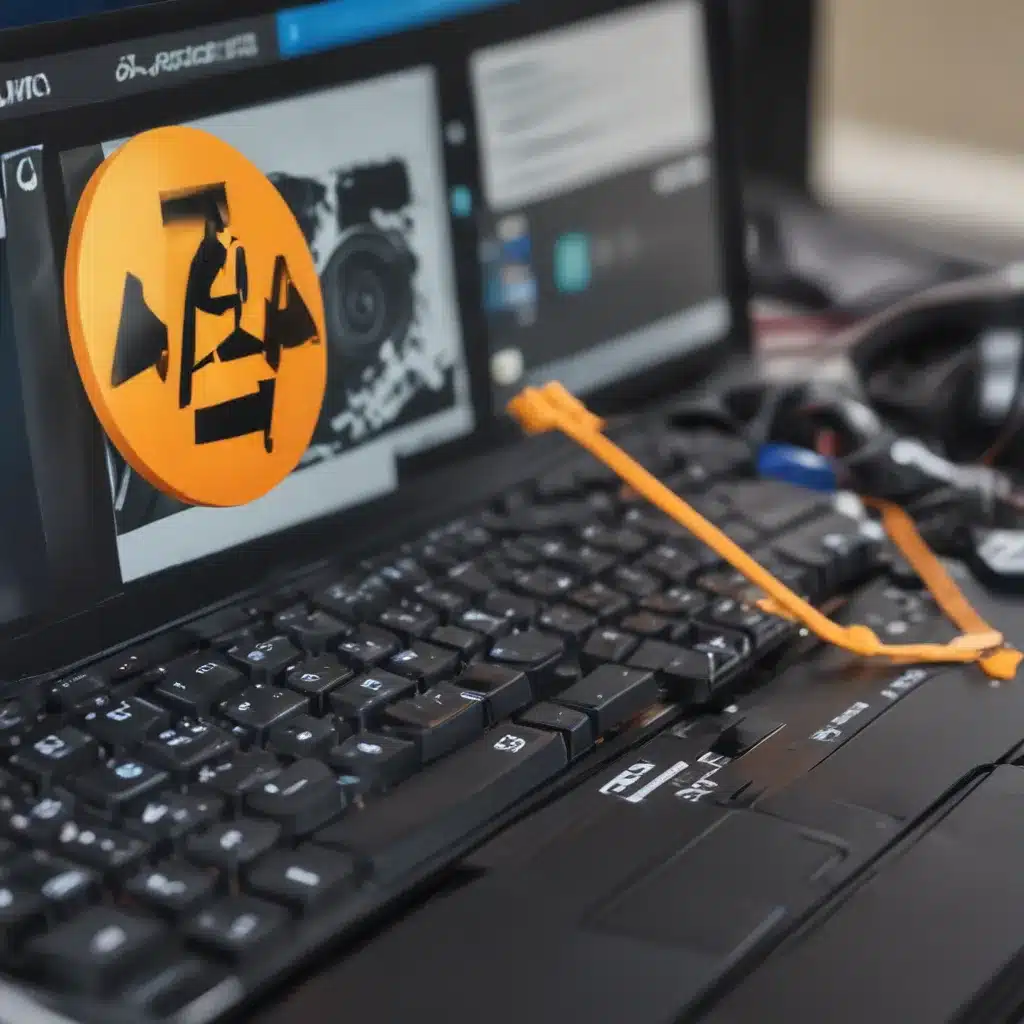Introduction
Game engines like Unity and Unreal Engine have become indispensable tools for game developers. Their built-in animation systems provide a robust framework for animating 3D characters and objects. However, creating high-quality animations still requires considerable skill and effort. That’s why both Unity and Unreal Engine have recently added powerful new animation tools to make life easier for animators.
In this article, I will provide an in-depth look at these new animation features and how they can streamline workflow for artists. I will cover the timeline editors, animation rigging tools, pose editing workflows, and other capabilities that animators can take advantage of. Whether you are just getting started with game animation or looking to improve existing workflows, read on to learn how Unity and Unreal Engine are evolving to better support animators.
New Animation Timelines
Unity Timeline
One of the biggest improvements Unity has made is the Timeline editor. Released in 2018, the Timeline replaces Unity’s legacy animation workflows and provides a non-linear, track-based animation tool.
With Timeline, I can animate GameObjects, particles, audio, and more on independent tracks. This gives me greater flexibility and control compared to Unity’s old animation system. I can also mix and blend animations, allowing for smooth transitions between states.
Some key features of Unity’s Timeline include:
- Multiple tracks with independent playback controls
- Support for blending clips and transitions
- Ability to animate GameObject properties like position, rotation, etc.
- Integration with the Animation Rigging package
- Control over animation playback speed and direction
By providing animators with a more robust timeline editor, Unity has made it easier to create complex, multi-track animations in games. The Timeline is certainly a big leap forward for Unity’s native animation tools.
Unreal Sequencer
Similarly, Epic Games added the Sequencer timeline editor to Unreal Engine 4. First released in 2015, Sequencer enables nonlinear animation of actors and properties in Unreal.
As the animator, I can use Sequencer to create cinematic cutscenes, gameplay sequences, and other keyframe-based animations. Some of its major features include:
- Multiple tracks with discrete sections called shots
- Supports camera animation, audio tracks, property animation
- Specialized controls for animation blending
- Integration with Unreal’s Persona animation editor
- Ability to preview sequencer animation in real-time
With Sequencer, I can storyboard scenes, choreograph complex character animations, and add camera cuts and motion blur to give a cinematic feel. The tool is invaluable for crafting immersive and seamless animations that would be difficult to achieve otherwise.
New Animation Rigging Tools
To help streamline character animation, both Unity and Unreal Engine provide specialized rigging tools. These make it easier for animators to set up animation skeletons and constrain bones for optimal deformations.
Unity Animation Rigging
The Animation Rigging package brings configurable constraints and control mechanisms to Unity character rigs. Instead of having to manually weight paint vertices, I can simply set up constraints through joints, curves, and objects.
Some key capabilities of Animation Rigging include:
- Two-bone IK for matching feet and hands to surfaces
- Aim constraints for automatically orienting bones
- Stylized magical transforms for creatures and monsters
- Dynamic root motion that can drive a character’s body
- Tools for offsetting and propagating motion between bones
With these new procedural techniques, I can achieve complex character animations more intuitively in Unity. The rigging tools significantly boost productivity compared to manual joint weighting.
Unreal Control Rig
Similarly, Unreal Engine features the Control Rig framework for building character skeletons. Released in 2018, Control Rig introduces modular, node-based rigging of animation hierarchies.
Some main features of Control Rig I utilize include:
- Custom joints, constraints, and control nodes
- Procedural IK, FK, and tweaking techniques
- Reusable animation Control Rigs
- Real-time inverse kinematics (IK) preview
- Control expressions for coordinating nodes
- Integrated with Sequencer and Persona
Control Rig lets me quickly rig versatile and responsive character models. Its node-based workflow also makes it simple to add, remove, or modify joints and constraints on the fly. Overall, Control Rig provides an incredibly flexible foundation for controlling animation.
Enhanced Animation Editing Workflows
In addition to the Timelines and rigging tools, both Unity and Unreal provide specialized animation state editors. These enable fine-tuning of clip transitions and animation trees.
Unity Animator Controller
The Animator Controller in Unity is used to manage animation states and transitions. I can create layered Mecanim state machines and blend trees for smoothly transitioning between animations.
Key features of Unity’s Animator Controllers I rely on include:
- Graphical state machine editor
- Layers for managing additive animations
- Blend trees for transitioning based on parameters
- Ability to preview states and blends in real-time
With the Controller, I can clearly visualize animation logic and build responsive systems. Features like layers and blend trees give me greater control for sharpening transitions and timing.
Unreal Animation Blueprint
Unreal also provides a visual editor called Animation Blueprint for controlling animation graphs. Within the Blueprint, I can blend poses, manage states, and apply logic.
Some of the Animation Blueprint capabilities I utilize most are:
- Drag-and-drop interface for building graphs
- Blending and transition tools
- Ability to filter and remap poses
- Mirrored state nodes and transitions
- Preview mode for testing animations
Together with Sequencer and Control Rig, Animation Blueprints allow for advanced state management. The visual graph system makes it easy for me to see and tweak complex webs of states and transitions.
Conclusion
Animation tools have undergone major advancements in both Unity and Unreal Engine. Streaming timelines, procedural rigging, and enhanced state editors have made game animation more accessible than ever. By providing specialized tools tailored for animators, Unity and Unreal continue pushing game animation to new levels of quality and interactivity. These cutting-edge animation frameworks help me efficiently create stunning, production-ready animations.

